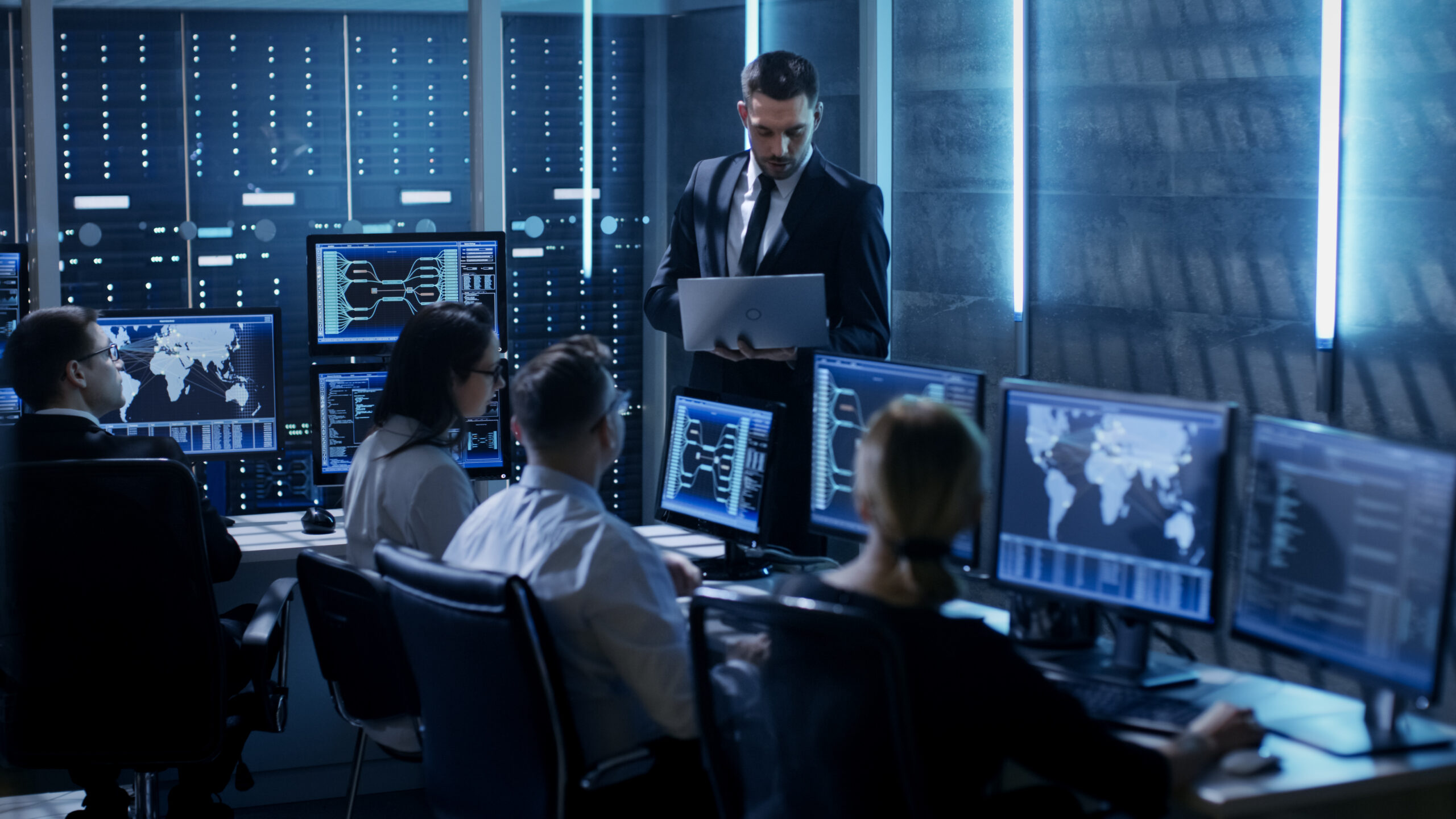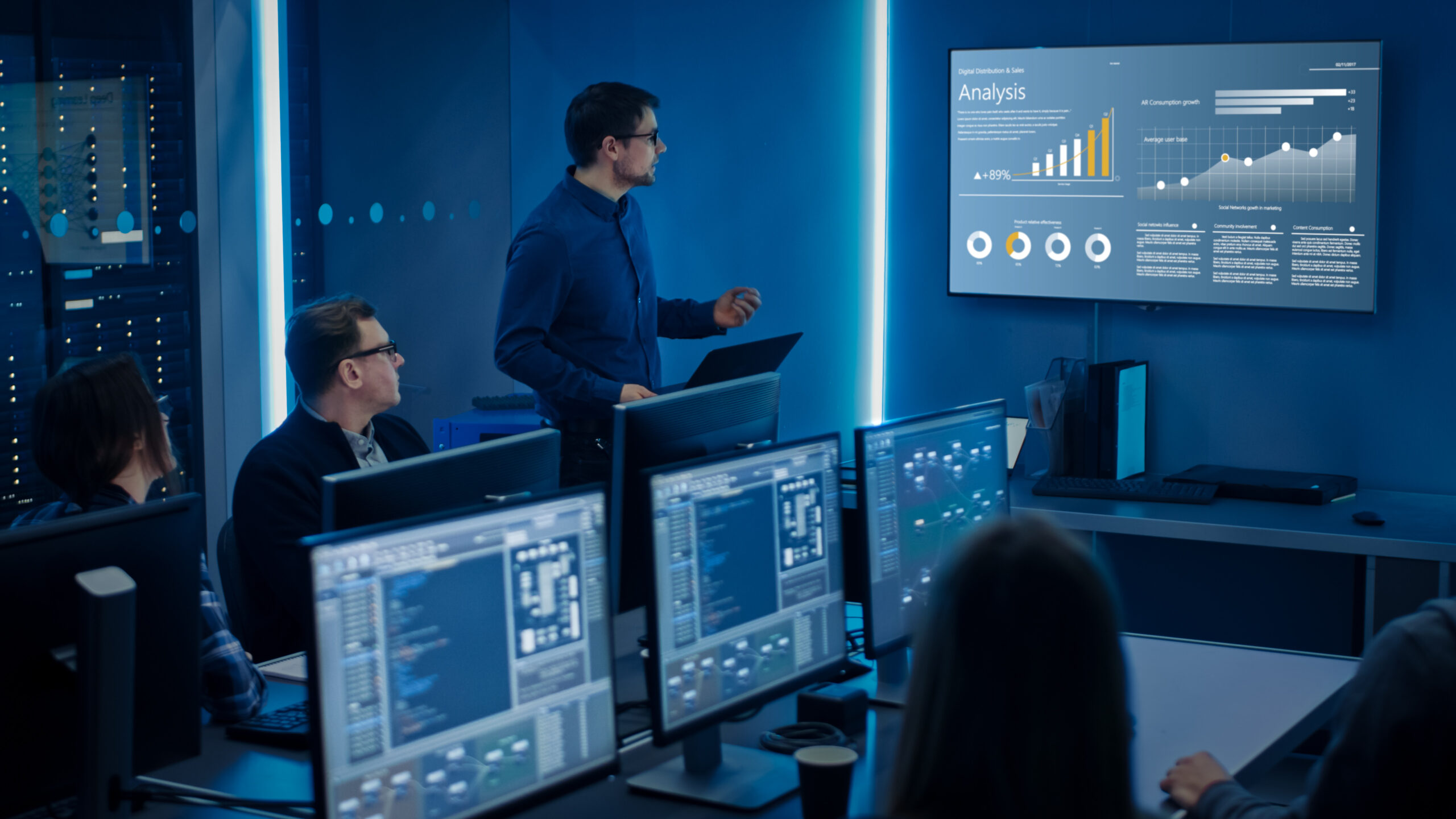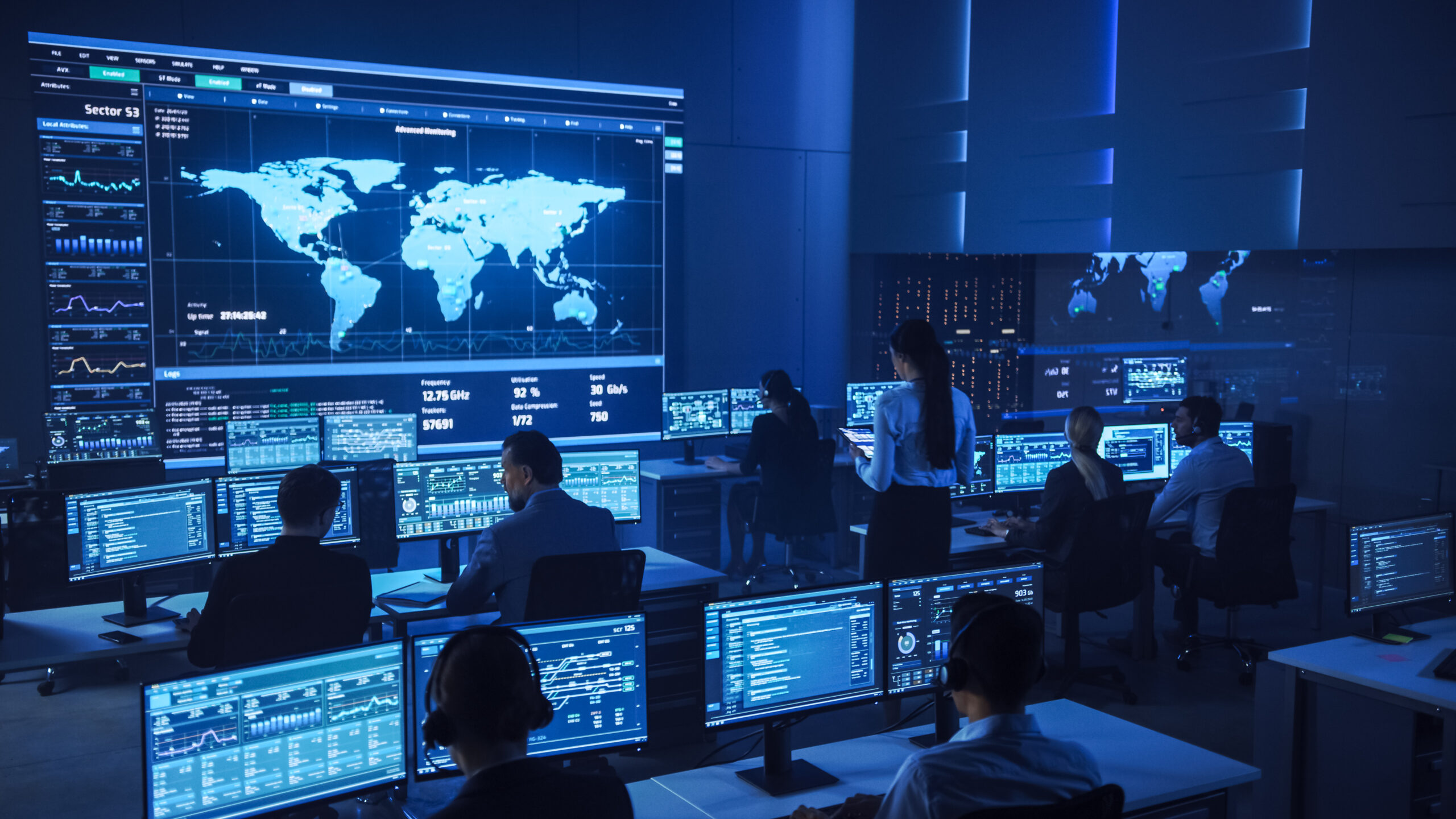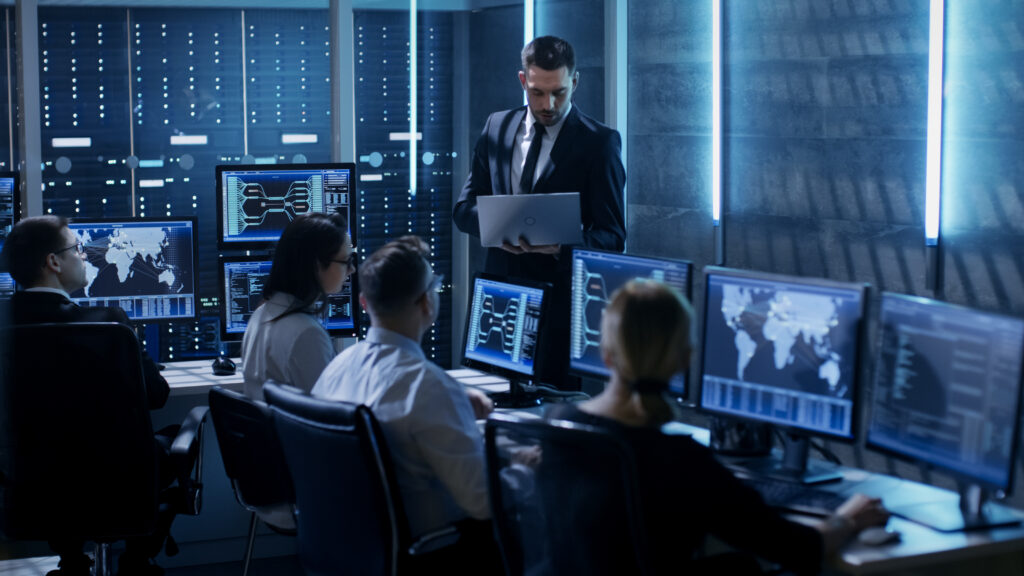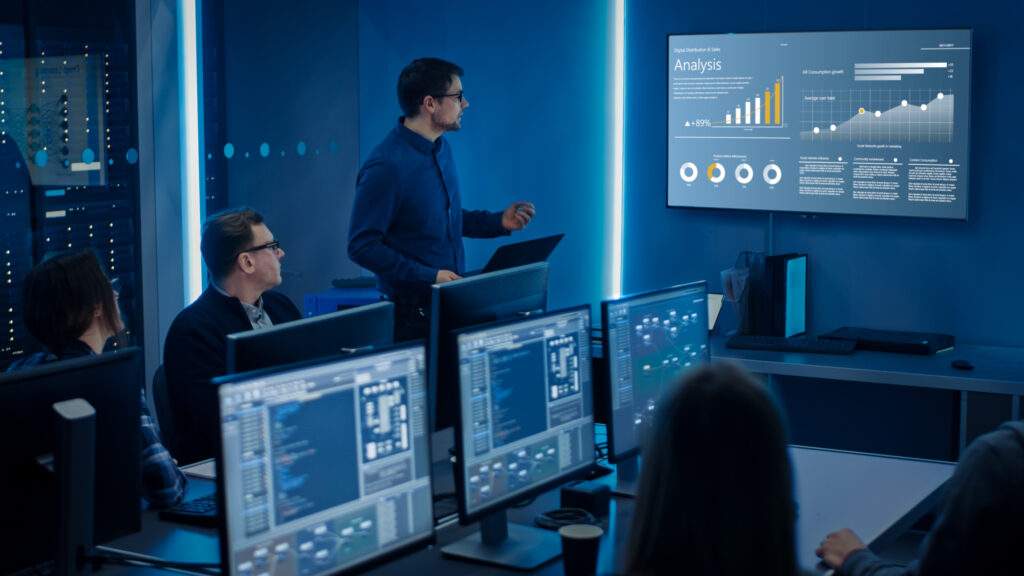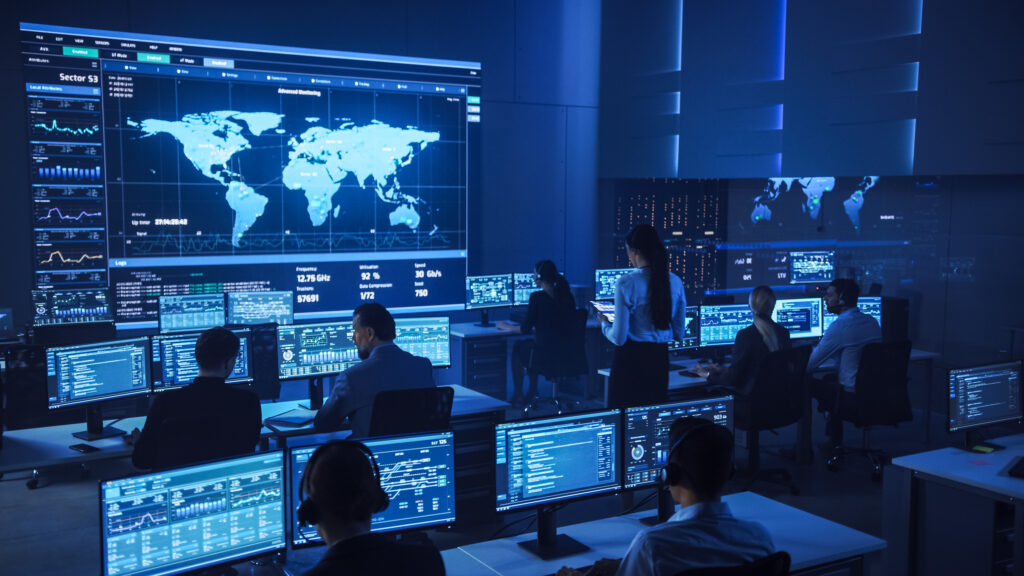CISOs are at the forefront of organizational efforts to protect sensitive data, defend against cyberattacks, and ensure business continuity. As the threat landscape continues to shift, CISOs are evolving their responsibilities to shape and lead cybersecurity operations within organizations. In this blog, we will highlight the evolving role of CISOs and how they play a pivotal role in safeguarding the digital assets of their organizations.
The Traditional Role of CISOs
Traditionally, CISOs were primarily responsible for implementing and managing security controls and technologies within organizations. Their role revolved around ensuring that firewalls, antivirus software, intrusion detection systems, and other security measures were in place to protect against known threats. While these technical aspects remain crucial, the role of CISOs has expanded significantly in response to the changing cybersecurity landscape.
The Evolving Responsibilities of CISOs
- Strategic Leadership: CISOs are no longer just technicians; they are strategic leaders. They work closely with the executive team and board of directors to align cybersecurity initiatives with overall business goals and objectives. This strategic alignment ensures that cybersecurity becomes an integral part of the organization’s overall strategy.
- Risk Management: CISOs play a central role in identifying and managing cybersecurity risks. They assess the organization’s risk posture, prioritize threats, and allocate resources accordingly. This involves considering not only technical vulnerabilities but also the business impact of potential cyber incidents.
- Incident Response and Recovery: CISOs are the first line of defense when a cyber incident occurs. They lead incident response teams, coordinate with law enforcement, and ensure that the organization follows established protocols for reporting and mitigating security breaches.
- Security Awareness and Training: CISOs are increasingly responsible for creating a cybersecurity-aware culture within their organizations. They develop and implement training programs to educate employees about the latest threats and best practices for maintaining security.
- Communication and Reporting: Effective communication is a critical skill for CISOs. They must regularly report on the organization’s cybersecurity posture, incident response capabilities, and emerging threats to executive leadership and the board of directors.
- Collaboration: CISOs work closely with other departments, including IT, legal, compliance, and human resources, to align security efforts and ensure a coordinated response to cyber threats.
The CISO as a Trusted Advisor
As organizations increasingly recognize the significance of cybersecurity, CISOs are becoming trusted advisors to executive leadership and the board. They provide valuable insights into the organization’s risk posture, cybersecurity trends, and the potential impact of security decisions on the business.
CISOs also help organizations navigate complex cybersecurity challenges, such as responding to high-profile data breaches, managing legal and regulatory compliance, and making informed decisions about cybersecurity investments.
Challenges Facing CISOs
While the evolving role of CISOs brings numerous opportunities to shape and lead cybersecurity operations, it also presents several challenges:
- Working with Multiple Systems: Many organizations use a variety of cybersecurity tools and solutions from different vendors, each with its own interface and reporting mechanisms. CISOs must navigate the complexities of managing and integrating these disparate systems, which can be time-consuming and resource intensive.
- Lack of Centralized Visibility: With multiple systems in place, CISOs often struggle to achieve a comprehensive and centralized view of their organization’s security posture. This fragmented visibility can hinder their ability to quickly identify vulnerabilities, assess risks, and respond to emerging threats effectively.
- Data Silos: The data generated by various security tools may be siloed, making it difficult to correlate information and detect cross-system threats. CISOs need to address these data silos to gain a holistic understanding of their organization’s security landscape.
- Complexity in Incident Response: When an incident occurs, CISOs may find it challenging to coordinate incident response efforts across multiple systems. Lack of integration and a clear incident response plan can lead to delays and inefficiencies in containing and mitigating security breaches.
- Resource Constraints: Managing numerous security systems can strain an organization’s resources, both in terms of personnel and budget. CISOs must allocate resources judiciously to maintain and optimize these systems effectively.
- Risk Assessment Difficulty: The absence of a unified view into the security posture makes it harder for CISOs to conduct comprehensive risk assessments. Without accurate risk assessments, it becomes challenging to prioritize security efforts and allocate resources strategically.
- Compliance and Reporting Burden: Regulatory compliance often requires organizations to maintain detailed records and reports on their security practices. Managing this compliance burden across multiple systems can be daunting and time-consuming for CISOs.
The role of CISOs in operational cybersecurity has evolved significantly from being solely focused on technical aspects to becoming strategic leaders and trusted advisors. CISOs play a crucial role in aligning cybersecurity efforts with overall business objectives, managing risks, ensuring regulatory compliance, and fostering a strong security culture within organizations.
As the cybersecurity landscape continues to evolve, the role of CISOs will remain pivotal in safeguarding the digital assets and reputation of organizations. To succeed in this dynamic environment, CISOs must continue to adapt, stay informed about emerging threats and technologies, and effectively communicate their cybersecurity strategies and initiatives to executive leadership and the board of directors.
